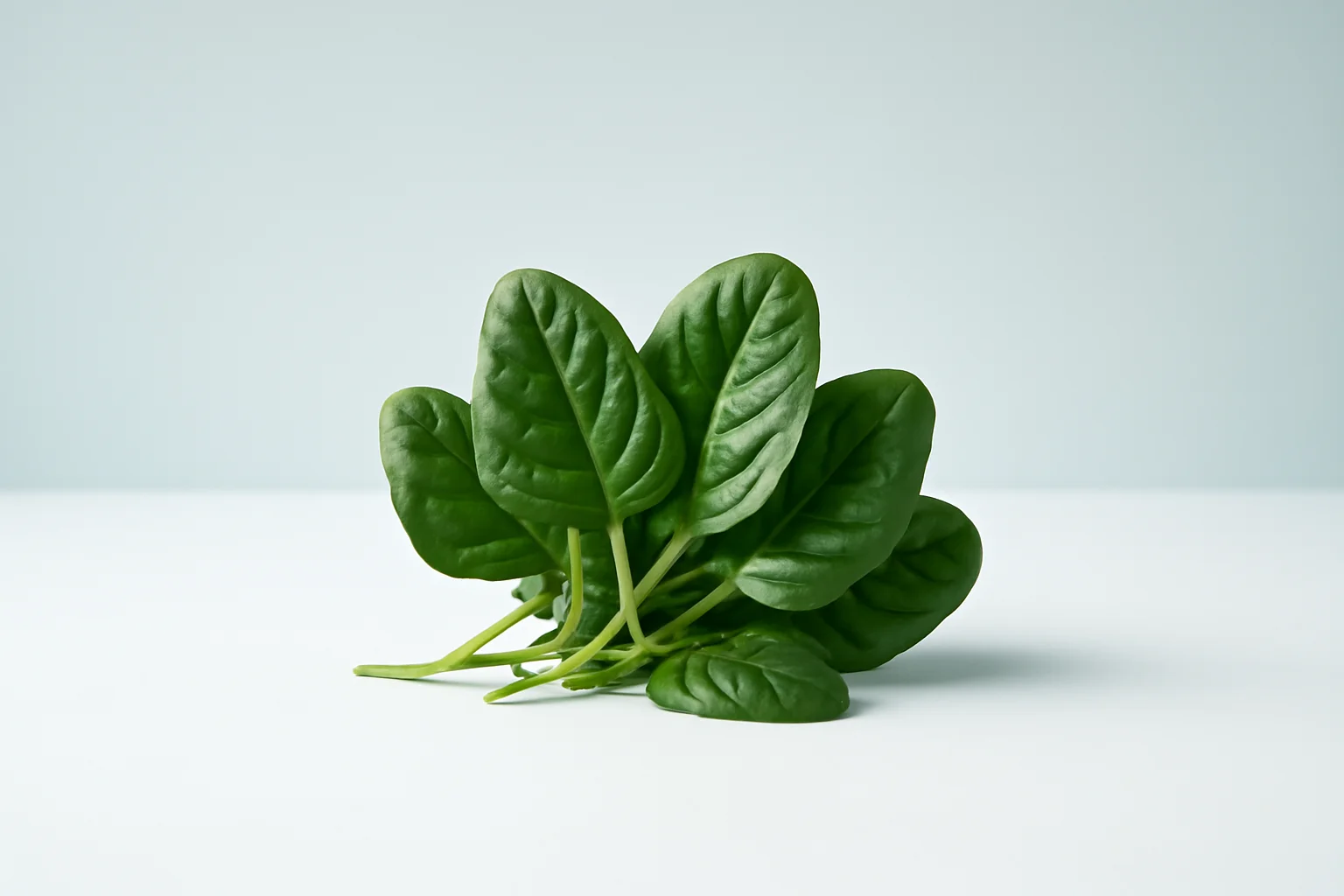
The Beneficial Effects and Uses of Wild Spinach
The wild spinach, scientifically known as Chenopodium bonus-henricus, is a plant that has gained increasing attention in recent years for its nutritional value and use in natural remedies. This green plant, a relative of spinach, is not only tasty but also extremely nutritious. The leaves of wild spinach are rich in vitamins, minerals, and antioxidants that contribute to maintaining health. It can be easily found in nature and is often treated as a weed, despite its numerous beneficial effects that are worth utilizing.
People are increasingly interested in natural ingredients, and the popularity of wild spinach is part of this trend. It has been traditionally used in various cultures in foods, as an herb, and as a dietary supplement. With the growing emphasis on healthy eating and sustainable lifestyles, wild spinach is regaining its rediscovered value.
In the following sections, we will present the beneficial effects and uses of wild spinach that can assist in daily nutrition and a healthy lifestyle.
The Nutritional Content of Wild Spinach
The nutritional content of wild spinach is outstanding, leading to numerous health benefits. The leaves of the plant are packed with vitamins such as A, C, and K, which are essential for the proper functioning of the body. For instance, vitamin A plays a crucial role in vision, while vitamin C is known for its antioxidant properties, protecting cells from harmful free radicals.
Wild spinach is also rich in minerals such as calcium, magnesium, and iron. Calcium contributes to bone health, while magnesium helps maintain normal muscle function. Iron is essential for the formation of red blood cells, which are responsible for supplying oxygen to the body.
Additionally, the fiber content of wild spinach is noteworthy. Fiber helps regulate bowel function, contributes to the feeling of fullness, and can support maintaining a healthy weight. Consuming fiber-rich foods is also associated with a reduced risk of cardiovascular diseases.
These beneficial components of wild spinach are important not only from a nutritional standpoint but can also play a significant role in natural remedies. The plant has traditionally been used to treat various health issues, such as inflammation, digestive disorders, and vitamin deficiencies.
Physiological Effects and Beneficial Properties
Regular consumption of wild spinach can lead to numerous positive physiological effects. One of the most important benefits is its anti-inflammatory properties. The antioxidants and phytochemicals found in wild spinach can help reduce inflammation in the body, which is particularly important in preventing chronic diseases such as cardiovascular issues.
Moreover, wild spinach has a positive effect on the cardiovascular system. Minerals like potassium and magnesium contribute to maintaining normal blood pressure, while fiber promotes lowering cholesterol levels. Regular consumption of wild spinach can help preserve heart health and reduce the risk of heart diseases.
The digestive-supporting effects of wild spinach are also significant. The fiber it contains promotes bowel movements and helps prevent digestive disorders such as constipation. To maintain the health of the gut flora, consuming wild spinach can also help maintain the balance of probiotics.
Furthermore, consuming wild spinach can contribute to skin health. Antioxidants like vitamin C can help slow down skin aging and provide protection against harmful UV rays. Vitamin A promotes skin regeneration, making wild spinach beneficial not only for internal health but also for external beauty.
Uses in the Kitchen
Due to its versatility, wild spinach can be used in various ways in the kitchen. Freshly picked, it works wonderfully in salads and sandwiches. Its flavor is mildly spicy, complementing vegetables and other fresh ingredients.
One popular preparation method is steaming wild spinach. When steamed, it retains its nutritional value and can serve as an excellent side dish for meats. Steamed wild spinach can be seasoned with garlic, lemon juice, or olive oil, making the dish even more delicious.
Wild spinach can also be used in soups and stews. Adding it to vegetable soups not only enhances the flavor but also enriches the nutritional content. In stews, wild spinach performs well and can serve as a nourishing meal for the family.
Dried wild spinach is also available, which is a great option for the winter months. Dried, it can be used as a spice, allowing us to add its flavor and nutritional content to our dishes at any time.
Particularly popular is the preparation of wild spinach in pesto form, which is perfect for pasta or sandwiches. Making pesto is simple: fresh wild spinach blended with olive oil, nuts, and cheese results in a delicious and nutritious sauce.
How to Choose and Store Wild Spinach
When harvesting wild spinach, it is important to select fresh and healthy leaves. It is best to look for young, tender leaves that are vibrant green and free from spots. The best time to harvest wild spinach is in spring and summer when the plant is freshest and most flavorful.
Storing wild spinach is also crucial to preserving its nutritional content. Freshly picked, it is advisable to keep the leaves in the refrigerator, where they typically maintain their freshness for 3-5 days. The leaves should be placed in an airtight container to minimize moisture loss.
If purchasing wild spinach in dried form, ensure to store it in a dark, cool place to preserve its flavor and nutritional content. Dried wild spinach generally has a longer shelf life and can be a great alternative to fresh plants when they are not available.
When using wild spinach, always keep in mind that fresh and organic sources are the best choices. This way, we can positively impact not only our health but also the environment.
Wild spinach is a versatile and nutritious plant with numerous beneficial effects. As part of a healthy diet, it is worth incorporating into our meals, as it is not only delicious but also a source of various vitamins and minerals.
**Disclaimer:** This article does not constitute medical advice. Please consult a doctor or healthcare professional for health issues.

